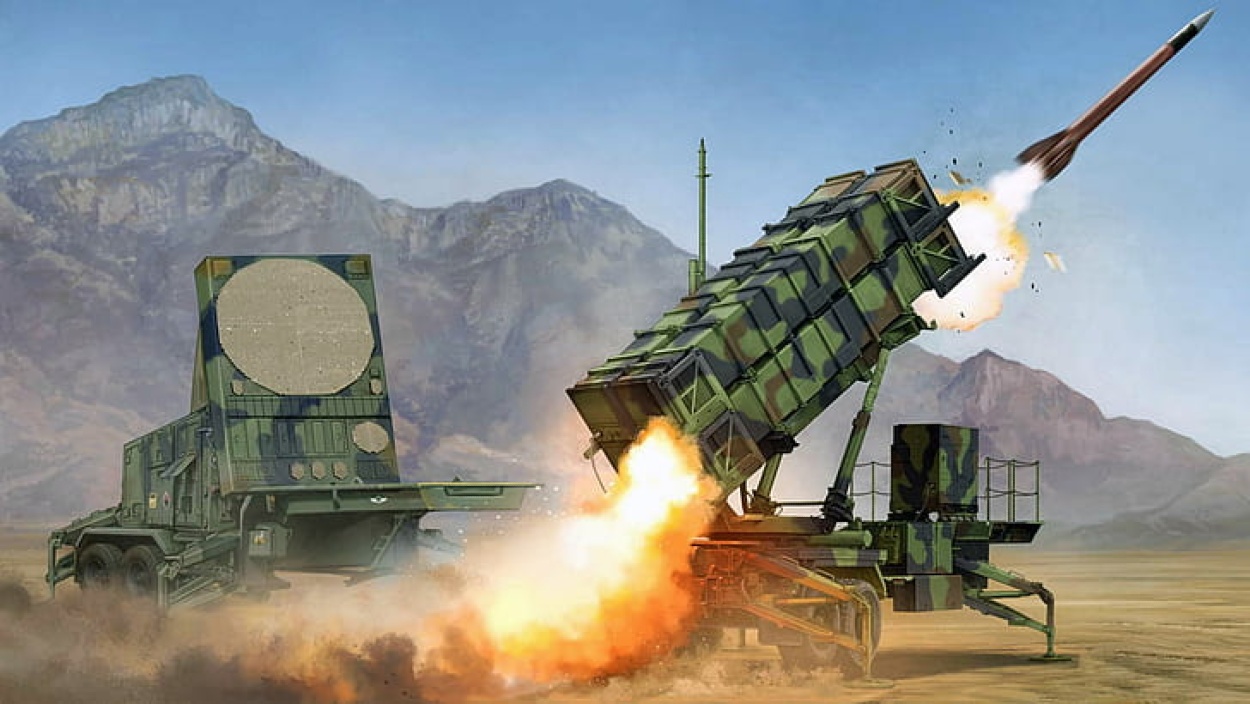Supplies of both the US Patriot and Russian S-400 air defense systems to international customers are being delayed owing to the ongoing war in Ukraine.
Sales of Patriots to America’s key allies like Germany are held up owing to their pressing need in Ukraine. The Patriots help maintain an air denial campaign that deters the Russian Aerospace Forces (RuAF) from achieving complete air superiority.
Interestingly, Ukraine itself has been warned by US officials that it might not be able to replenish its expended stock of missiles, given their prohibitive cost.
Meanwhile, reports recently said that Russia will deliver the remaining two S-400 squadrons to India by the third quarter of 2026. This is two years later than the 2024 deadline announced by IAF chief Air Chief Marshal VR Chaudhari in October last year.
Of the five systems, Russia has delivered two. However Chaudhari himself had noted that the “hindrance in delivery was due to the Russia-Ukraine war.”
Many critics have seen this as a major failure of the Russians and condemned India for trusting an ‘unreliable ally.’ But not only Moscow but even Washington is struggling to supply the Patriots.
US Supply Of Patriots To Germany Delayed
A Reuters report on October 27 last year said that Germany’s purchase of Patriot air defense missile systems to replace those given to Ukraine is taking longer than initially planned. Negotiations with its US manufacturer, Raytheon, for buying several systems were “underway,” with delivery expected to begin in 2025 and to be completed in 2027.
At the time, Germany had submitted a $26.4 million bill for the systems to its parliament’s budget committee for approval, which was expected to be cleared early this year, in 2024.
Then, in November 2023, in what seemed like a stopgap arrangement to secure its own skies, it began planning to “end the deployment of three Patriot air defense units to Poland after almost a year.” That deployment was triggered by a stray Ukrainian missile that struck the Polish village of Przewodow in the region in November 2022.
The German ministry had said in August 2023 that the deployment was unlikely to extend beyond that year as the Patriots would either be needed for use by NATO’s rapid reaction response force in 2024 or would have to undergo maintenance.
Germany has also delivered a Patriot battery to Ukraine from its own stockpiles, announcing it on January 5, 2023, and declaring the transfer in April of that year. Berlin has also sent six IRIS-T medium-range SAMs to Ukraine from its inventory.
According to the latest report, on March 25, Raytheon announced it signed a $1.2 billion contract to deliver the system’s latest Configuration 3+ design. This includes the primary radar, control station, and launcher platforms, as well as corresponding spare parts and services.

Germany’s order follows a “framework agreement” signed by NATO members in January to procure up to 1,000 Patriot missiles. NATO confirmed that Romania, the Netherlands, and Spain signed the $ 5.5 billion initiative.
Ukraine Itself Might Not Get Patriots.
However, these deliveries to allies are likely to be held up, given the time taken to manufacture the missiles and stabilize the post-COVID supply chain that many American defense majors have been struggling with.
Ukraine might not get any additional Patriot supplies from the US armory, as Raytheon would also be burdened with fresh orders from the US government to replenish those.
A January 6 report in the New York Times (NYT) said, “White House and Pentagon officials have warned that the United States will soon be unable to keep Ukraine’s Patriot batteries supplied with interceptor missiles, which can cost $2 million to $4 million apiece.”
India Still Better Placed With Project Kusha
Under such circumstances, however, while Ukraine has limited options given the constraints of its Western partners, India can still take some interim and long-term measures by exploiting its reasonably reliable defense industrial and technological base.
One of them is the ongoing Project Kusha, which involves the development of its very own Long-Range Surface-to-Air Missile (LR-SAM), with a reach comparable to some of the missiles of the S-400.
Reports say the system will have long-range surveillance and fire control radars and different interceptor missiles that can reach targets at ranges of 150 km, 250 km, and 350 km. It would be designed to engage stealth fighters, cruise missiles, and drones and is aimed to be operational by 2028-29.
Also, given that the S-400 can be integrated with other older Russian AD systems, India, too, can fuse its existing SAM platforms with the same for enhanced security against aerial threats.
The S-400, being an Integrated Air Defense System (IADS), can also coordinate target data with other Russian SAM systems like the medium-range S-300, the Pantsir Point Defense System, and the A-50U Airborne Warning and Control System (AWACS).
It has an ‘open architecture’ design that allows for systems and components to be swapped and modified for rapid future upgrades to prevent obsolescence. India can, therefore, possibly with Russian technical assistance, integrate its own AD systems like the Indo-Israeli MR-SAM or the Akash-NG with the S-400. Also, Russia has always been willing to manufacture all weapons it sells internationally locally.
For future purchases of additional S-400 units, India can strike such a deal and customize the Indian version of the system to be fused with its other SAM platforms. This can be a credible option before aerial threats until the indigenous AMCA project comes online and the IAF raises more fighter squadrons.
- The author can be reached at satamp@gmail.com
- Follow EurAsian Times on Google News